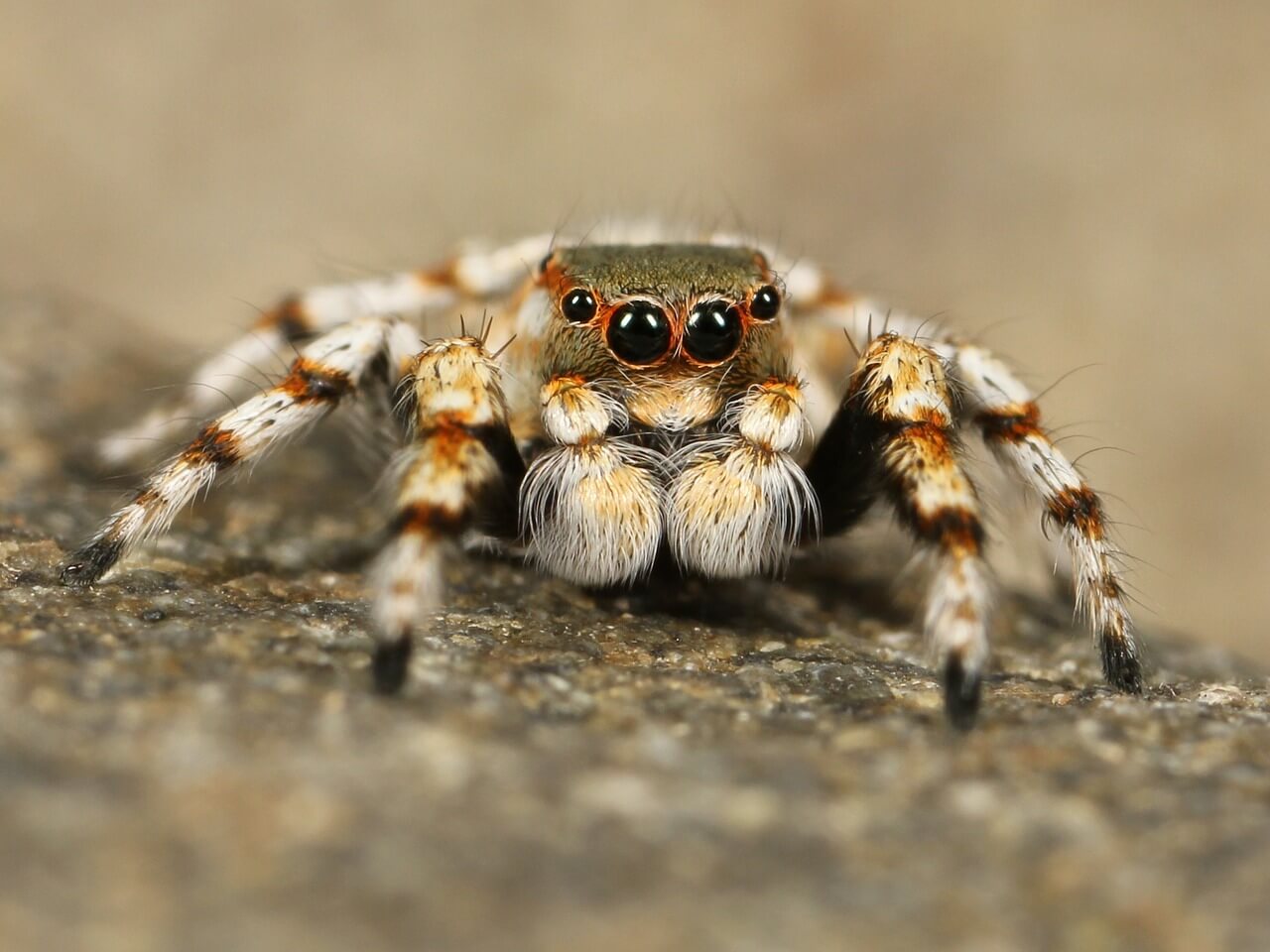Imagine plunging into the icy depths of a river, your lungs constricting with every passing second, the world above fading into a hazy blue. This is the reality for the jaguar, an apex predator whose hunting techniques often involve a daring underwater dive. But just how long can these magnificent creatures hold their breath? The answer, as you’ll soon discover, is a testament to their incredible physiology and evolution.

Image: chiangmaiplaces.net
The jaguar, a majestic cat found throughout the Americas, is an expert hunter, known for its power, agility, and fearsome bite. But this fearsome predator also exhibits an astonishing ability to adapt to its environment, including its aquatic prowess. Their ability to hold their breath for extended periods is crucial for hunting in rivers, lakes, and swamps, where their prey often seeks refuge. Join us as we dive deep into the fascinating world of the jaguar’s breath-holding capacity.
The Science of Breath-Holding: A Deeper Dive
To understand the jaguar’s exceptional underwater endurance, we must first delve into the captivating science of how animals hold their breath. All mammals, including humans, rely on oxygen for energy production, with our cells continuously consuming it for vital functions. When we breathe, we inhale oxygen into our lungs, where it’s absorbed into our bloodstream and transported to our cells. However, when underwater, oxygen intake ceases, and our bodies must rely on stored oxygen until it’s time to resurface for air.
The key factor determining how long an animal can hold its breath lies in its ability to conserve oxygen. Several physiological adaptations play a significant role in this underwater endurance. One crucial adaptation is the spleen, a small, oval-shaped organ located in the abdomen. The jaguar’s spleen serves as a temporary reservoir for red blood cells, which carry oxygen throughout the body. When submerged, the spleen contracts, releasing a surge of oxygen-rich blood into the bloodstream, effectively prolonging the animal’s breath-holding time.
Another vital adaptation is the bradycardia response, a physiological mechanism that slows down the heart rate. This decrease in heart rate minimizes the body’s oxygen consumption, allowing the jaguar to conserve its oxygen stores. The jaguar’s bradycardia response is remarkable, with its heart rate dropping significantly during dives, further extending its underwater capabilities.
Jaguar: Masters of the Aquatic Realm
The jaguar’s anatomical adaptations are further enhanced by its hunting strategies. These magnificent predators employ a unique combination of stealth and speed when hunting underwater. Unlike many other large cats, the jaguar uses its strong legs and powerful claws for swimming, making it an efficient hunter in aquatic environments. They often stalk their prey along the riverbank, patiently waiting for the opportune moment to lunge into the water.
Their underwater hunting techniques are a marvel of natural engineering. Jaguars are known to use their keen senses to locate prey even in murky waters. Their sensitive whiskers, located on their snout, serve as sensory organs, detecting vibrations and changes in water pressure, helping them track their target. Once they find their prey, jaguars use a powerful burst of speed to capture fish and other aquatic creatures.
The Mystery of Jaguar’s Breath-Holding Limits
While there’s no conclusive evidence on the exact maximum breath-holding time for a jaguar, research indicates their capacity is impressive. Scientists speculate that they can hold their breath for several minutes, allowing them to conduct successful underwater hunts. However, these estimates are based on observations of jaguars in the wild and are subject to variation depending on factors like water temperature, the animal’s age, and the depth of the dive.
Understanding the jaguar’s remarkable breath-holding capabilities requires us to acknowledge the complex interrelationship between their physiological adaptations, hunting strategies, and environmental conditions. This intricate dance of factors allows these magnificent creatures to conquer the underwater world, making them formidable predators and captivating subjects of study.

Image: xaavo.com
A Glimpse into The Jagua’s World: Insights for a Deeper Understanding
To gain a deeper appreciation for the jaguar’s exceptional breath-holding capacity, it’s essential to consider the larger context of their lives. These magnificent creatures inhabit a vast range, from the dense rainforests of Central and South America to the swampy wetlands of the Pantanal. Their ability to thrive in diverse habitats, including aquatic environments, is a testament to their remarkable adaptability.
By understanding the challenges these predators face in their natural environment, including the need to hold their breath for extended periods while hunting, we gain insights into the intricate connection between an animal’s physical attributes and its behavioral strategies for survival. The jaguar’s story is a powerful reminder of the complexity and beauty of nature’s designs.
How Long Can A Jaguar Hold Its Breath
Diving Deeper: A Call to Action
As we marvel at the jaguar’s remarkable breath-holding prowess, let us also remember the importance of conservation efforts. Habitat loss, poaching, and climate change pose significant threats to these magnificent creatures and their delicate ecosystems. Learning about these majestic predators and their unique adaptations can inspire us to become advocates for their protection.
By supporting organizations dedicated to jaguar conservation and raising awareness about their plight, we can contribute to the preservation of these incredible animals and the vital role they play in their ecosystems. Let us work together to ensure the future of these magnificent creatures and the wonders they embody.





